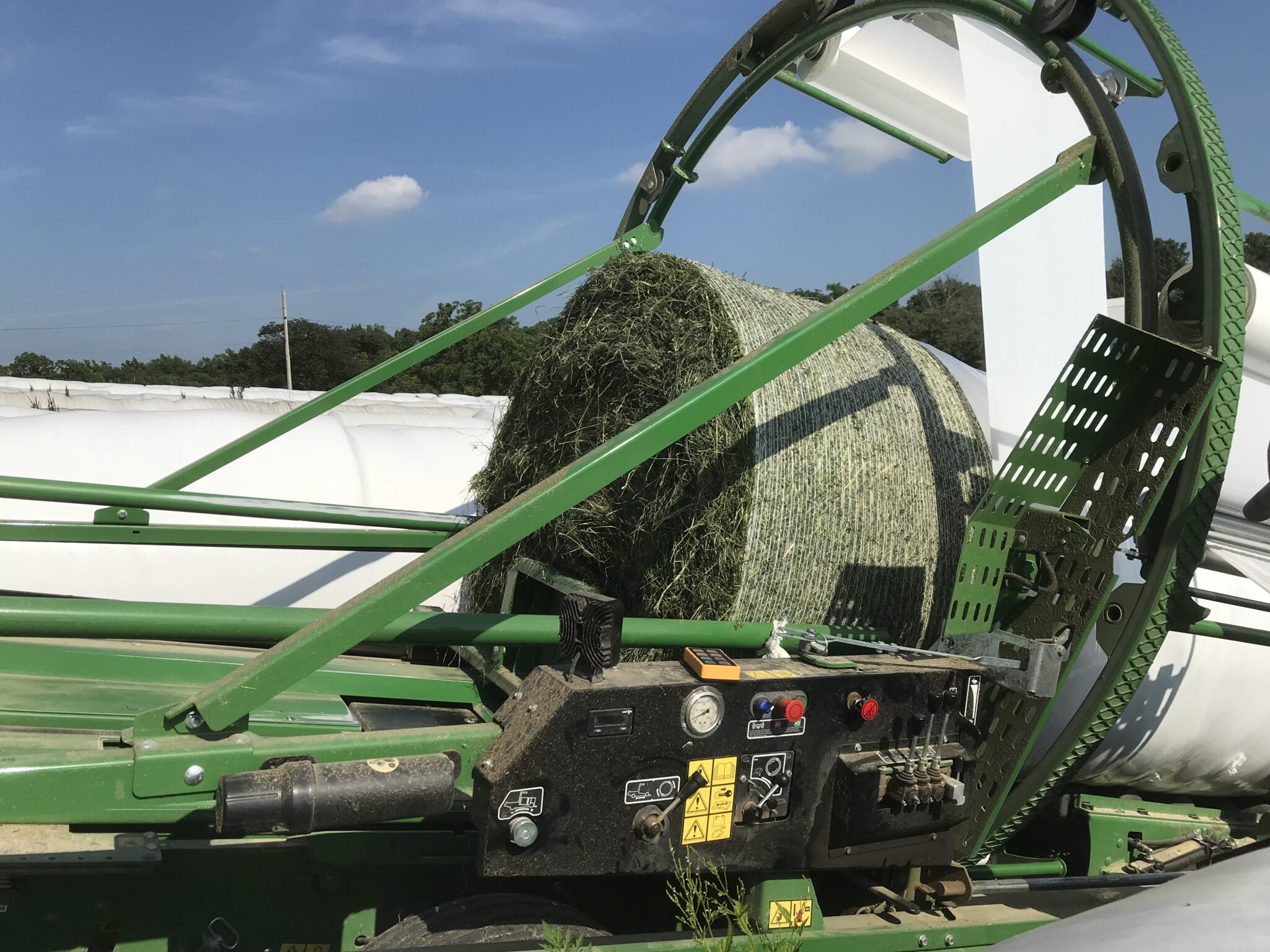
With Dr. Grant Burcham’s permission, the paper he authored and was part of the proceedings shared with attendees of the recently held “Heart of America Grazing Conference” follows.


With Dr. Grant Burcham’s permission, the paper he authored and was part of the proceedings shared with attendees of the recently held “Heart of America Grazing Conference” follows.

Many conversations I have about pastures with forage-livestock producers start with the question “What should I seed in my pasture?” Before that question should be addressed, the producer should first: define their objectives determine what types of livestock and classes within a livestock species will be grazing the pasture review soil data of the pasture on the “Web Soil Survey” sample soil and receive up-to-date soil test results develop a liming and fertilization plan if recommended by soil test inventory what currently is in a perennial pasture control problematic weeds, especially perennial weeds review crop rotation intervals of herbicides used the past two years consider source and quality of water evaluate whether the water source will reliably deliver water during dry weather determine what perimeter and interior fencing is needed to keep livestock in the pasture and paddocks think about whether hay storage or a corral will be in the[Read More…]
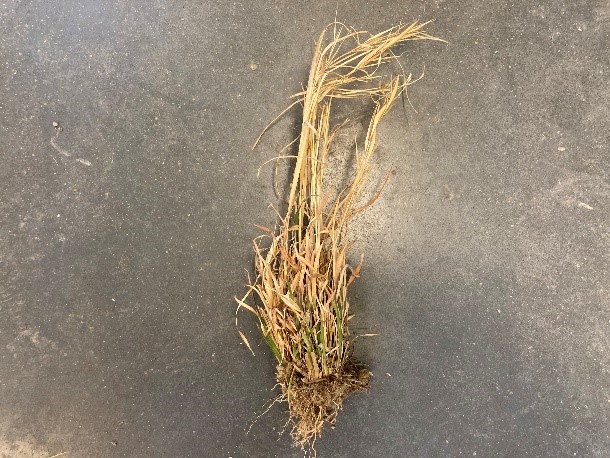
Along the way it was easy to see the beige-bronze warm-season perennial bunchgrass broomsedge bluestem (Andropogan virginicus) in many grass-dominant pastures and hayfields.
The Heart of America Grazing Conference will take place from February 20th to 21st, 2023, at the Ferdinand Community Center in Ferdinand, IN. Hosted by the Indiana Forage Council (IFC), with input from Purdue Extension, the annual event will feature forage and grazing experts from across the nation. Speakers will lead discussions on cutting-edge research in grazing, soil science, and grazing options with cattle and small ruminants, among other key topics. Keith Johnson, professor of agronomy at Purdue University, says “Participants will have the opportunity to interact with a team of presenters on what is needed to develop and put in place an effective grazing plan.” He continues, “Ways to improve grazing efficiency, how to develop and maintain healthy soil, and important recordkeeping items will be shared. There will be ample opportunity to interact with input providers at the tradeshow and to make connections with other attendees.” Highlighted speakers include[Read More…]
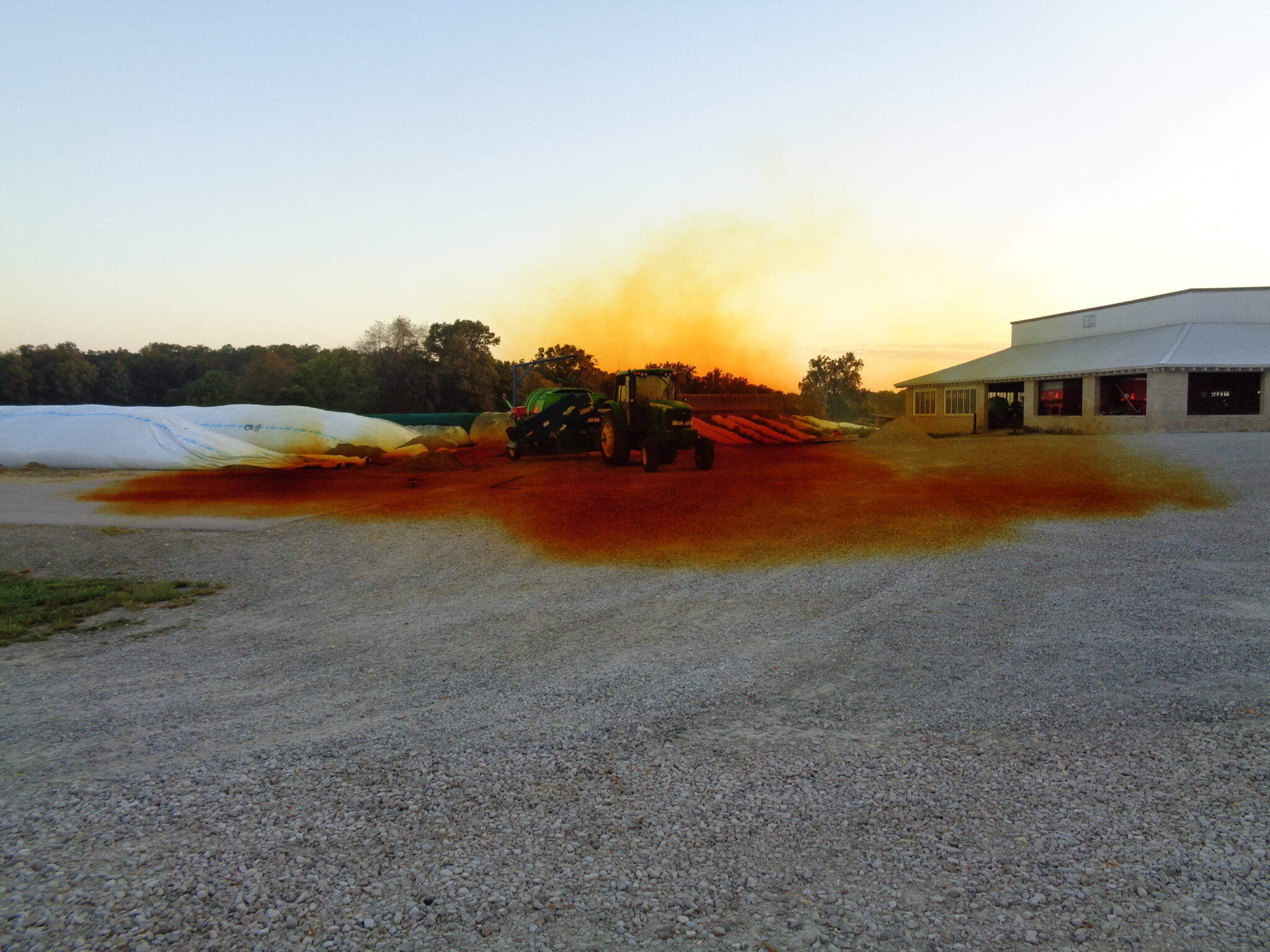
Perhaps it is fitting that the eerie poisonous gas flowed from the end of a silo bag not adequately sealed at the end with a lime pile as this is “National Farm Safety and Health Week”.
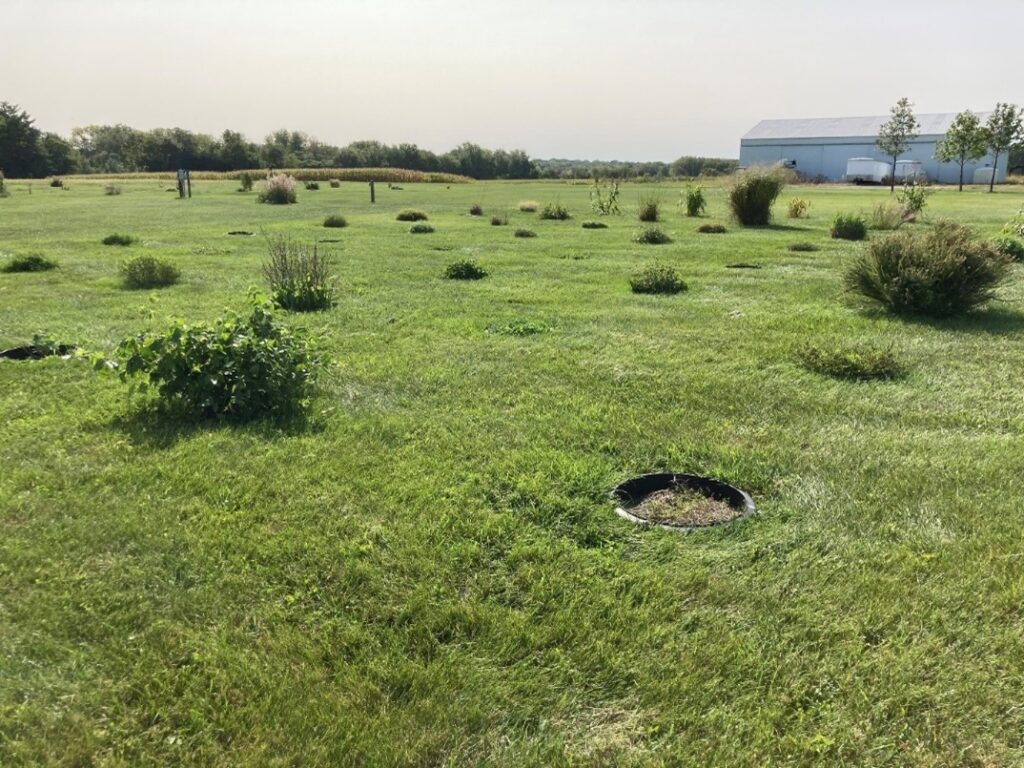
Plants are around us no matter where you live. I am challenged with plant identification as an agriculturalist and enjoy learning to identify plants that are not in production agriculture, too. A week ago, I was with an Extension Educator and a producer to confirm weeds of concern in a pasture; we then were able to discuss best control options. An email request, including pictures, from a hay producer was shared this week with me. Undesired plants of yellow foxtail, barnyardgrass, and crabgrass were noted and one photo had horsenettle in it, a spreading broadleaf plant that has toxic properties. Too many of us learned how to identify poison ivy from the unfortunate contact we had with it on a hike or learned how to identify it from someone else that felt itchy discomfort. Some individuals have taken an interest in foraging out food resources in the great outdoors. They[Read More…]
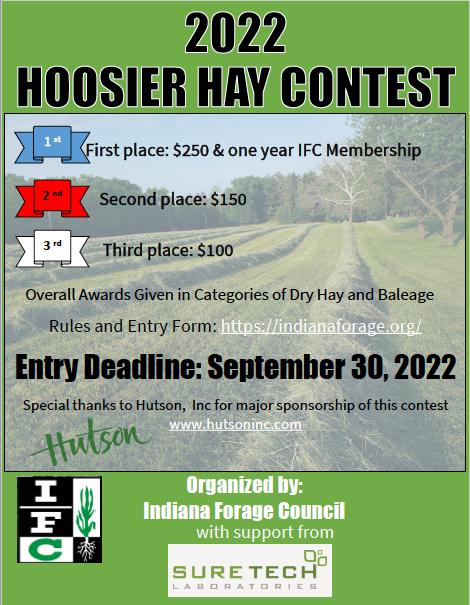
The Indiana Forage Council (IFC), with assistance from Purdue Extension and SureTech Laboratories, is hosting a contest for Indiana producers who will harvest forage for hay or baleage within the state for the 2022 hay season. The Hoosier Hay Contest, sponsored by Huston, Inc, seeks to promote forage production, inform hay producers on the nutritive value of their hay and encourage producers to sample and test their hay or baleage before feeding it to livestock. It also creates a friendly competition among Indiana producers on who produces higher quality hay. SureTech Laboratories in Indianapolis will analyze all samples and release only to the contest organizer, producer and producer’s local Purdue Extension agriculture and natural resources educator. The Purdue Extension educator and producer can then work together to interpret the analysis and determine how best to use the forage in their operation. The Hoosier Hay contest has two categories, hay or[Read More…]
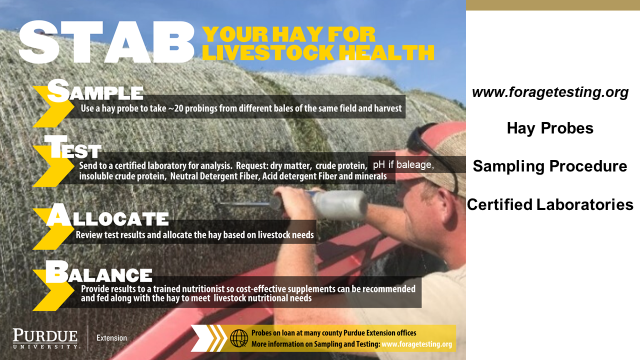
Hay harvest should be coming to a close for another year.
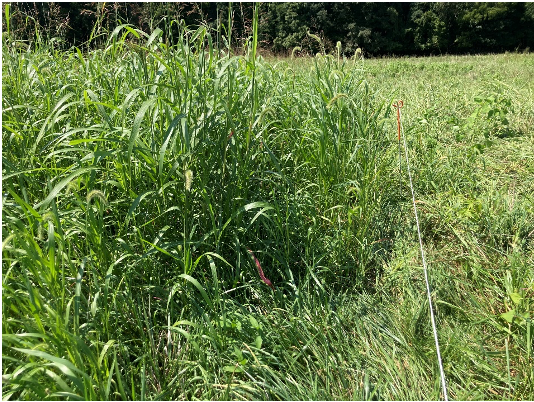
Hard to believe, but fall and cooler temperatures will be here in less than a month.

After four decades as Purdue University’s Forage Extension Specialist, there is one forage production practice recommendation that draws my ire and has become a major pet peeve; so much that every time the recommendation is offered I think I lose another hair follicle on my head and legs.
© 2025 Purdue University | An equal access/equal opportunity university | Copyright Complaints | Maintained by Pest&Crop newsletter
If you have trouble accessing this page because of a disability, please contact Pest&Crop newsletter at luck@purdue.edu.